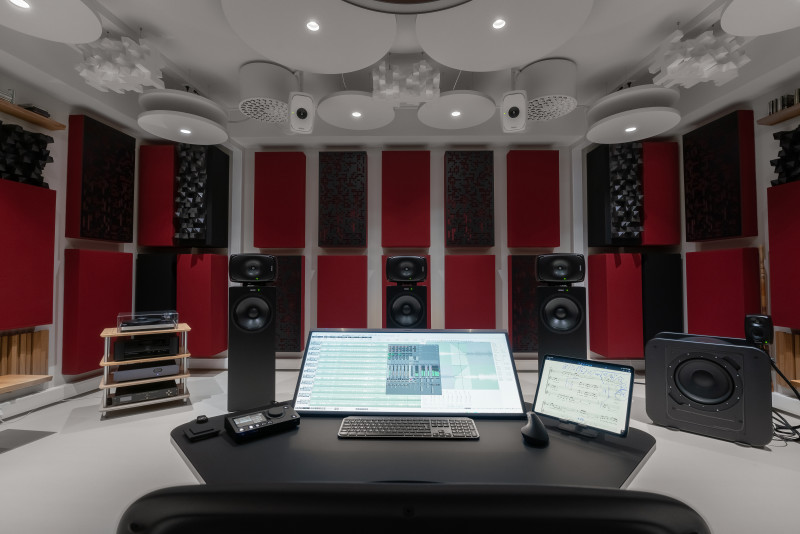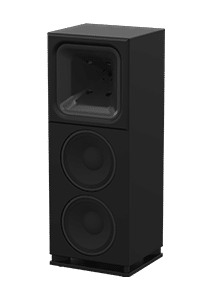- Joined
- Jan 27, 2019
- Messages
- 7,487
- Likes
- 12,623
- Thread Starter
- #181
You have an excellent point there. A lot of non-audiophiles who come to visit are surprised I have no turntable. This is because so many of them think that turntables sound better! My friend came over with his new girlfriend (a rather hippy lass from a rather hippy suburb). She said "I used to use Spotify until I bought my first turntable. It sounds SOOO MUCH BETTER!! You should get one!!"
I decided to be diplomatic and steer the conversation elsewhere, rather than launch into a technical explanation of why she was wrong. That's the wisdom of my older years ... even if you know a lot about something, it is usually better to keep your mouth shut.
I'm of two minds about that. On one hand, even if there is some misunderstandings involved, I see way more "normies" talking about sound quality again with vinyl, like this is actually something they have some passionate feelings about. So it's nice to see sound quality being discussed more often.
As to your specific example, aside from her misconception that "vinyl sounds so much better" generally, it could be the case that in her set up maybe records do tend to sound a bit "better" subjectively to her. Don't know what playback system she was using, or comparing to the one she uses for vinyl (like maybe she's comparing some average ear buds to vinyl through speakers?). Or maybe her turntable/cartridge set up has a bit of a smile eq or profile that sounds a bit more vivid as a source, so "wow, listen to that!"


